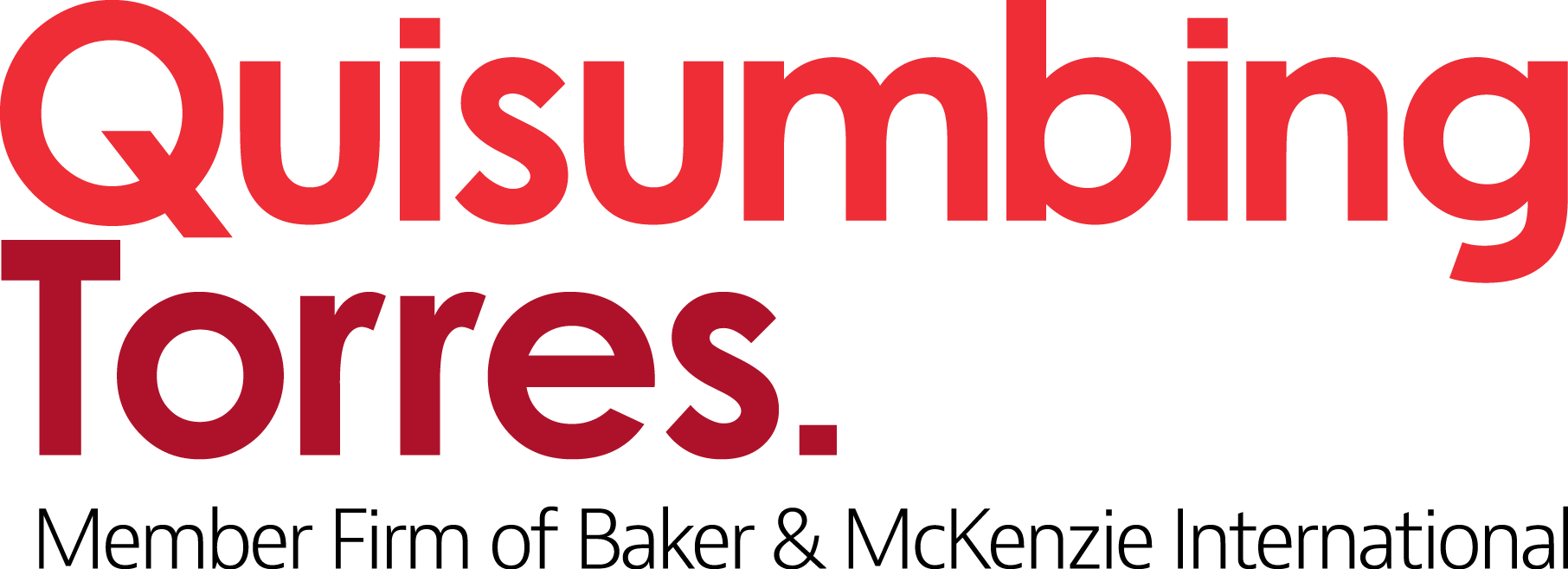In brief
On 9 June 2025, the Department of Labor and Employment (DOLE) issued Department Order No. 248-A, series of 2025 or the "Supplemental Guidelines clarifying and amending provisions of DOLE Department Order No. 248, series of 2025" ("Supplemental Guidelines") (copy available here), which provide further information, clarification and guidance on the issuance of Alien Employment Permits (AEP).
The Supplemental Guidelines shall take effect 15 days after their publication in a newspaper of general circulation. As of the date of this writing, the Supplemental Guidelines have not been published in any newspaper of general circulation.
Based on our confirmation with DOLE, there is no information yet as to the expected date of publication.
Key amendments/clarifications on DOLE Department Order No. 248, series of 2025 ("AEP Rules")
Labor market test
| AEP Rules |
AEP Rules, as amended by the Supplemental Guidelines |
|
Before the filing of an application for an AEP, the employer shall cause the publication of the vacant position to be filled up and the name of the foreign national it intends to hire, in the following manner:
a) The publication shall be made in -
- A newspaper of general circulation
- The PhilJobnet
- The Public Employment Service Office (PESO) or Job Placement Office (JPO) having jurisdiction over the intended place of work.
x x x
|
Before the filing of an application for an AEP, the employer shall cause the publication of the vacant position to be filled up and the name of the foreign national it intends to hire, in the following manner:
a) The publication shall be made in a newspaper of general circulation.
In addition to publication in a newspaper of general circulation, applicants are encouraged to post the job vacancy in the PhilJobNet and with the Public Employment Service Office (PESO)/Job Placement Office (JPO). The posting in the PhilJobNet and with the PESO/JPO shall not be a precondition to the filing of the AEP application.
|
Understudy training program/skills development program
An understudy training program (UTP) or skills development program (SDP) plan shall only be required for the following establishments:
- Those registered under the Foreign Investment Act, employing foreign national/s and enjoys fiscal incentives
- Those engaged in the operation of public utilities or critical infrastructure under the Public Service Act, where foreign equity participation is allowed
- Those identified as a strategic investment, including those in key sectors outlined in the Strategic Investment Priority Plan (SIPP) or equivalent national development framework.
Covered establishments shall submit the UTP / SDP plan during the AEP application or within 60 days from the commencement of employment of the foreign national. Employers may use their own format for the plan, provided it contains the information specified under Rule VI, Section 3 of the AEP Rules.
Employers shall submit progress reports, based on the submitted UTP / SDP plan on a semi-annual basis (for AEPs with one year validity) and annual basis (for AEPs with two to three years validity) detailing the implementation report, attendance, and competencies gained by the Filipino employee/s. The report shall be duly signed by the employer, the foreign national, and the Filipino employee/s.
The following foreign nationals are exempted from the mandatory submission and implementation of a UTP/SDP:
- Foreign nationals excluded or exempted from obtaining an AEP
- Equity holders/shareholders or foreign nationals who are owners or investors with equity participation as reflected and reported with the Securities and Exchange Commission
- Foreign nationals occupying positions that have been determined by the Technical Working Group (created by the DOLE) to be qualified for exemption, in accordance with established guidelines and criteria.
Applications for renewal and additional positions
| AEP Rules |
AEP Rules, as amended by the Supplemental Guidelines |
| A duly-notarized application for renewal of AEP or for additional position in the form prescribed by DOLE may be filed following the same requirements and procedures as a new application, subject to updating of all material information and required clearances, licenses, permits or other documents from competent authorities. |
A duly-notarized application for AEP renewal or for additional position in the form prescribed by DOLE may be filed following the same requirements and procedures as a new application, subject to updating of all material information and required clearances, licenses, permits or other documents from competent authorities.
The DOLE shall allow the acceptance of renewal applications with an Affidavit of Undertaking, committing to comply with the requirements of publication prior to the release of the AEP card, and the UTP / SDP within 60 days from the date of submission, if applicable.
For AEPs issued before 10 February 2025, or prior to the issuance of the AEP Rules, renewal applications shall only be required to submit a training plan for the UTP, similar to a new application, in lieu of full compliance with the UTP / SDP requirements.
Failure to submit / comply with the documents shall be a ground for revocation of the AEP.
|
* * * * *

Please contact QTInfoDesk@quisumbingtorres.com for inquiries.
VISIT QUISUMBING TORRES SITE

